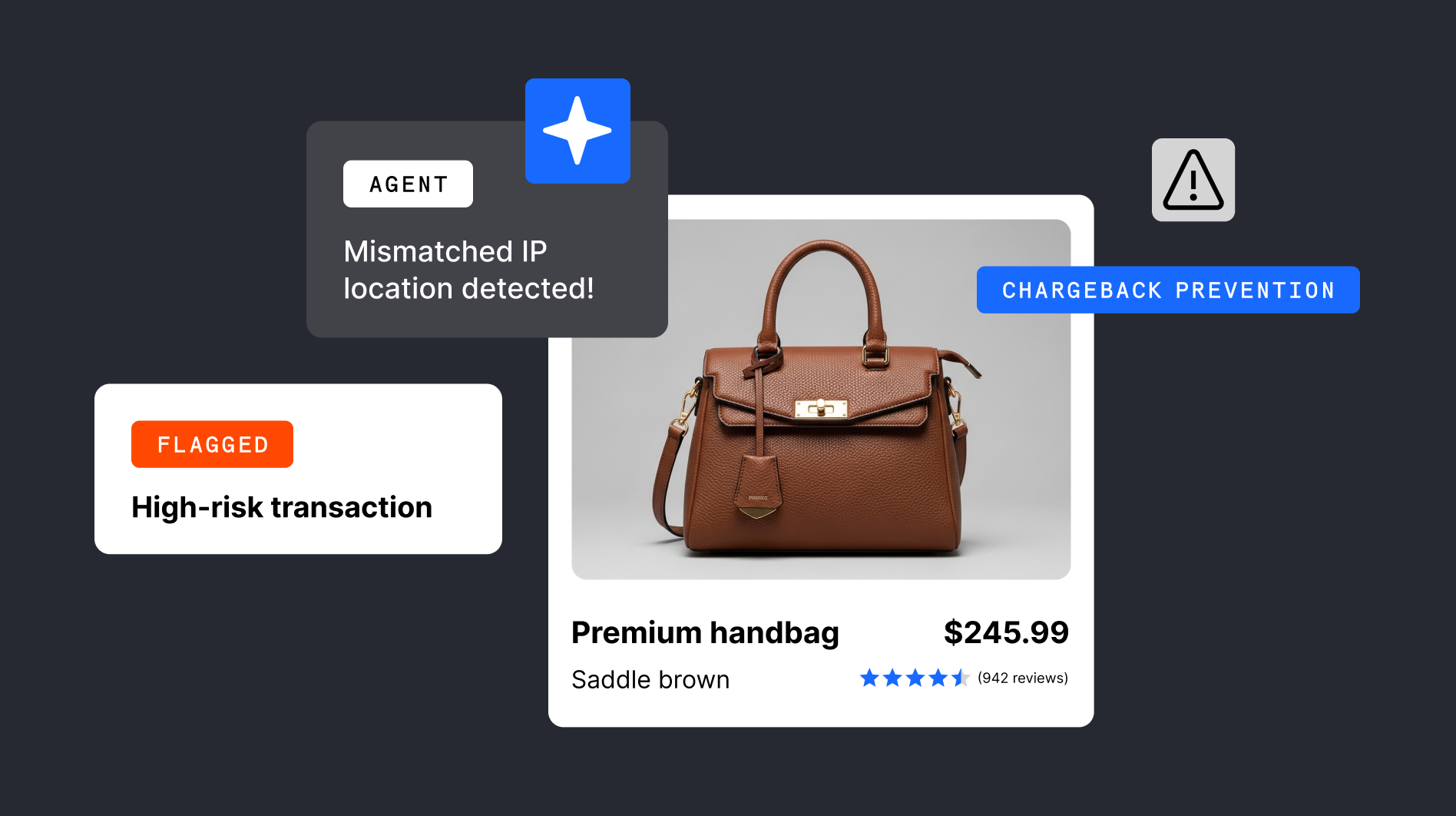Most everyday payments made between different parties rely on open-loop payment systems. These systems allow merchants to process payments from customers using any card, regardless of which financial institution each party banks with. That makes them ideal for everything from ecommerce transactions to inter-city transport networks.
The alternative to an open-loop payment model is a closed-loop payment system, which offers distinct use case and benefits.
In this article, we explain what open-loop payments are, how they work, how they differ from closed-loop payments, and the key benefits of open-loop payments for merchants.
What is an open loop payment system?
An open-loop payment system processes payments between accounts, cards, or parties linked to different financial institutions. Unlike closed-loop systems, which are restricted to a single network or merchant, open-loop systems offer greater inclusivity by enabling transactions across multiple networks.
For example, Visa, Mastercard, and American Express operate within an open-loop system. These networks allow customers to make payments globally with any merchant that accepts them, without restrictions tied to a specific bank or service provider.
How does an open-loop payment system work?
Open-loop payments operate on shared networks that connect financial institutions, payment processors, and merchants. The infrastructure ensures that customers can use a variety of payment methods—such as credit cards, debit cards, prepaid cards, gift cards, and other major electronic payment methods—regardless of the bank or institution issuing the card.
For example, a Mastercard is part of an open-loop system. These cards can be used globally with any merchant that accepts those networks, allowing customers to make payments without restrictions tied to a specific bank or service provider.
By enabling merchants to process payments from customers with accounts at any financial institution, open-loop systems promote financial inclusivity. They expand merchants’ reach by accommodating diverse payment methods, enabling them to cater to a broader customer base.
Open loop vs. closed loop payments
Open-loop and closed-loop payment systems are two distinct models that cater to different needs for merchants and consumers. Understanding their differences is essential for businesses to choose the right payment infrastructure.
Key differences
Open-loop payment systems process payments across a broad network of financial institutions. This means customers can use standard credit, debit, prepaid, or gift cards at any participating merchant. By contrast, closed-loop systems restrict transactions to a specific retailer or network.
For example, open-loop systems use bank-issued cards like Visa and Mastercard, while closed-loop systems rely on proprietary cards or apps, often branded for a specific company, such as store gift cards or retailer-specific prepaid cards.
The scope of merchant acceptance also sets these systems apart. Open-loop payments enable merchants to accept cards issued by any institution within the card network, creating a more inclusive experience. Closed-loop systems, however, limit transactions to a single brand or network, requiring customers to hold specific accounts or cards.
Transaction fees
Another key distinction is transaction fees. Closed-loop systems typically involve lower fees because external card networks are not part of the process. In open-loop systems, multiple entities—such as issuers, acquirers, and card networks—participate, often resulting in higher fees.
Closed-loop systems also give merchants greater control over consumer data, enabling targeted marketing and loyalty programmes. Open-loop systems, on the other hand, share data across multiple entities, limiting a merchant’s ability to fully control or analyse consumer behavior.
Examples of open-loop payments
In retail, an open-loop gift card, such as a Visa or Mastercard prepaid card, can be used at any merchant that accepts those networks. In contrast, a closed-loop gift card, like one from Starbucks, is limited to purchases at that specific retailer.
Public transport systems also highlight these contrasts. Until 2014, London’s transport network operated on a closed-loop system, requiring passengers to either buy a ticket or use a prepaid Oyster Card. With the introduction of contactless payments, Transport for London (TfL) transitioned to an open-loop system, enabling travellers to pay using any contactless payment card.
Each system comes with its own advantages and drawbacks. Open-loop systems offer consumers flexibility, convenience, and broader acceptance, but they may involve higher transaction fees and less control over consumer data for merchants. Closed-loop systems provide merchants with lower fees and enhanced control over customer insights, but at the cost of limiting the customer’s payment options to specific networks or brands.
Benefits of open-loop payments for merchants
Open-loop payments offer a number of benefits to merchants, including:
- Flexibility - with open loop systems, merchants aren’t restricted to only accepting customer cards that are associated with particular financial institutions, and can accept any kind of electronic payment, both in-person and online
- Increased revenue - the more cards and payment types that you can accept, the more successful transactions you can process, and the greater your revenue. In contrast, on a closed-loop system, if a customer doesn’t have the right card or hasn’t topped up their card, they won’t be able to make the purchase and you’ll lose a sale
- Convenience - setting up a closed-loop payment system requires you to partner with a particular acquirer, and implement the right infrastructure to accept those dedicated payment cards. By using an open-loop payment system, merchants just need to partner with a card network to accept a multitude of card types and payment methods through a standard processing solution
What is an open loop credit card?
An open-loop credit card is a payment card authorized by a card network, such as Visa, Mastercard, or American Express, that can be used at any merchant or location accepting cards from that network. These cards are versatile and widely accepted, making them a popular choice for everyday purchases and a broad range of transactions.
Unlike closed-loop cards, which are limited to a specific retailer or network, open loop credit cards offer greater flexibility. For example, a closed-loop card like a Starbucks gift card can only be used at Starbucks locations. Conversely, an open-loop credit card with a Visa or Mastercard logo is accepted globally, wherever those networks are supported.
How do open-loop payments work?
Open-loop payments are updated on shared networks like Visa, Mastercard, or the Real-Time Payments (RTP) Network, enabling transactions across a wide network of merchants globally. These systems integrate effectively with credit cards, debit cards, and prepaid cards, making them versatile for both consumers and businesses.
When a customer decides to make a purchase, the payment process begins. For instance, imagine a customer browsing your ecommerce website who selects a product they wish to buy and chooses to pay using their Visa credit card. Because the card operates on an open-loop network, the payment can be accepted regardless of where the customer is located, provided you have the proper payment processing infrastructure in place.
Once the card details are entered, the payment gateway encrypts the sensitive information for secure transmission. The encrypted data is then sent to the payment processor, which connects with the card network—Visa in this case. The card network contacts the issuing bank, which checks whether the card is valid, funds or credit are available, and the transaction is legitimate. If everything is in order, the issuing bank authorizes the payment and sends approval back through the network to the merchant.
With the payment authorized, the funds are reserved on the customer’s account. The merchant captures the payment, and the issuing bank transfers the authorized amount to the acquiring bank. Finally, the funds are deposited into the merchant’s account, completing the transaction.
Whether the purchase occurs online or in a physical shop, the process is consistent. For example, a customer at a clothing store using a Mastercard would follow the same steps, with the payment terminal acting as the gateway. This interconnected system ensures flexibility and broad acceptance, making open-loop payments ideal for businesses to cater to a global audience.
Explore open-loop payments with Checkout.com
Checkout.com provides merchants with everything they need to accept a wide range of card types and payment methods from consumers, no matter where they are in the world.
Our global digital payments platform simplifies credit card processing by providing Intelligent Acceptance, advanced authentication, and robust fraud prevention tools, all of which are accessible through a single API. These features are designed to help you optimize your payments strategy, minimize failed transactions, and maximize your acceptance rates.
















.png)
